GLASSTRESS: WHITE LIGHT / WHITE HEAT – BERENGO STUDIO – VENICE PROJECTS – LONDON COLLEGE OF FASHION, WALLACE COLLECTION (LONDON) – VENICE
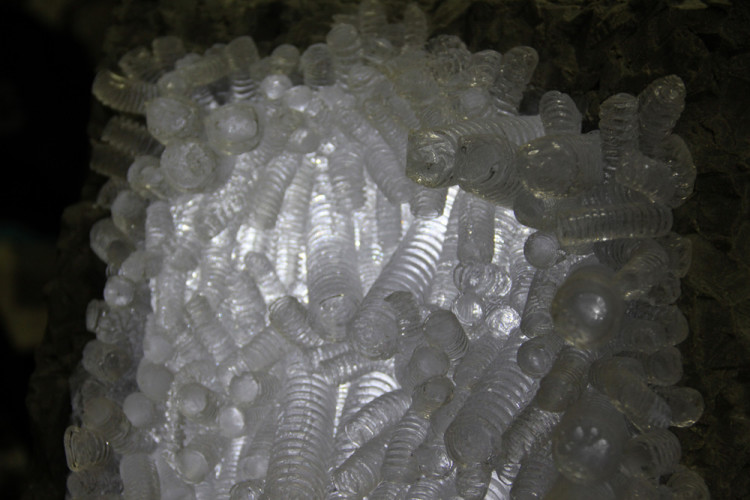
GLASSTRESS
WHITE LIGHT / WHITE HEAT
Curated by Adriano Berengo e James Putnam
Collateral event 55. Esposizione Internazionale d’Arte – la Biennale di Venezia
Glasstress. The Quantum Leap of Glass
Critical text by Adriano Berengo, from the Catalogue
There was a moment, during these months preparing for Glasstress: White Light/White Heat, when I knew for certain that the entire project was developing a fullness of meaning. And I’m not referring to the fact that Glasstress, thanks to the 2009 and 2011 exhibitions, is probably the most recognizable collateral event at the Biennale d’Arte di Venezia, or even that Glasstress has started to tour internationally (the previous incarnations have been exhibited in Riga, Stockholm, New York, and Beirut, and the current exhibition will travel to London and more cities in 2013/14).
One morning in our furnace on Murano I understood Glasstress had obtained one of its objectives. That day, in a coincidence of arrivals and departures, we were hosting artists from three different countries. Each had brought their own history, project, and expectations. During a break, these three artists – who had never met before – started sharing their impressions on glass and the experiments they were conducting. This dialogue, I noticed, had greatly influenced their original projects. And so, this is Glasstress. Not necessarily an exhibition, but rather a process in which the show is not a definitive outcome.
There are contemporary art works that are born as pre-established incarnations of knowledge, and then there are works that are born from experimental curiosity, where the final result is not foreseen. By allowing artists to come into contact with this known but seldom used material (in aesthetic terms), I like to think Glasstress has created for each artist the ideal conditions for limitless experimentation, open to failure, to second guessing, and to the elation of new discoveries. All of the artists have had to deal with glass, with its chemical characteristics, with its production processes, and with the aesthetic stereotypes that have accompanied this material for centuries. No one has simply expected to use glass as an interchangeable material with commonly used ones; each, in the end, has found a way to assimilate glass into his own poetic theme, expressing it concretely in the final work. These works would not have been possible without glass, they would not bear the same meanings and, in a similar way, each work of glass finds it has a new purpose it did not have before.
Glass is a solid material obtained through the cooling of a fluid, and one of its main characteristics is that it does not form crystalline structures. Its molecular structure stays amorphous, lacking a long-range geometric pattern. This greatly influences its physical and optical characteristics, but I believe this can also act as a metaphor for its ability to be used in new ways, in functional terms (what would contemporary architecture be without glass?), and in aesthetic terms as well. Here in Venice the history of glassmaking is long and glorious, scattered with changes and innovations that through the weight of tradition, inhibits our perception of it as an artistic medium. But there certainly is not, and never has been, a long-range trajectory to follow. This is why, when I state that Glasstress has to give birth to the future of glass I do not mean this future has to be in line with the past. Quite the contrary, I hope that Glasstress is an open space where, through the works and ideas of many different artists, something unpredictable can take shape. It is not about collecting pieces of art history, or about exhibiting projects in Venice that have been realized elsewhere and do not leave traces once they are gone. Instead, it is about bringing ideas, people, techniques, dialogue back to Venice. In short, to reinstate Venice as a crossroads, a pivotal centre of thought and art. It’s about making something happen, something new, here and now. I am grateful to all the artists who are taking part in Glasstress, because in the interaction between the work they do and the world they find here, something new has been created. Glasstress must continue in this dynamic space, in perpetual evolution, through voices, visions, failures, discoveries, second thoughts and new experiments.
During the Renaissance glassmakers on Murano would hand down – from father to son – “recipes”, instructions regarding the combinations and techniques of this ancient art. In each family there were secret formulas, jealously kept for generations. And each generation would add the results of new experiments, to increase knowledge. Glasstress aims to be the quantum leap in this increase in knowledge, utilizing the experience of extraordinary artists. What will remain will not be glass per se, but the works, the knowledge, and the experience in which they were born and shaped. I believe Glasstress: White Light/White Heat will be a crucial moment in this leap.
Adriano Berengo
.-.-.-.
GLASSTRESS
WHITE LIGHT / WHITE HEAT
a cura di Adriano Berengo e James Putnam
Evento collaterale alla 55. Esposizione Internazionale d’Arte – la Biennale di Venezia
Testo critico di Adriano Berengo
Glasstress. Il salto quantico del vetro
testo di Adriano Berengo dal Catalogo
C’è stato un momento, durante questi mesi di preparazione di Glasstress White Light / White Heat, in cui ho capito con certezza che l’intero progetto stava maturando una pienezza di senso. Non mi riferisco al fatto che Glasstress , dopo le edizioni 2009 e 2011, è probabilmente la mostra collaterale più riconoscibile della Biennale d’Arte di Venezia. E nemmeno al fatto che Glasstress abbia cominciato a viaggiare in altri paesi: dopo Venezia ci sono state Riga, Stoccolma, New York e Beirut (e altre tappe, oltre a Londra, sono già in calendario per il biennio 2013/2014).
Ho capito che Glasstress ha raggiunto uno dei suoi obiettivi una mattina, nella nostra fornace di Murano. Quel giorno, per una coincidenza di arrivi e partenze, ospitavamo tre artisti di diversa nazionalità. Ciascuno aveva portato con sé la propria storia, il proprio progetto e le proprie aspettative. Durante una pausa, i tre artisti, che non si erano mai incontrati prima, hanno parlato delle loro impressioni sul vetro, e degli esperimenti che stavano conducendo. Il dialogo, come ho avuto modo di verificare, ha modificato in modo sostanziale i progetti di ciascuno. Ecco, questo è Glasstress. Non tanto una mostra, quanto il processo di cui la mostra è una sorta di esito non definitivo.
Ci sono opere d’arte contemporanea che nascono come incarnazioni di un sapere precostituito. E poi ci sono opere che invece nascono da una curiosità sperimentale, che non contiene in anticipo un’immagine del suo risultato. Mi piace pensare che Glasstress, mettendo gli artisti in contatto con un materiale familiare ma spesso poco conosciuto, abbia creato per ciascuno di loro le condizioni ideali per una sperimentazione espressiva senza vincoli, aperta al fallimento, al ripensamento e all’entusiasmo della nuova scoperta. Tutti gli artisti hanno dovuto fare i conti con il vetro, con le sue caratteristiche chimiche, con i suoi processi di produzione, e con gli stereotipi di ordine estetico che hanno avvolto questo materiale nel corso dei secoli. Nessuno di loro ha semplicemente preteso di usare il vetro come se fosse una materia intercambiabile con quelle impiegate solitamente. E ciascuno, alla fine, ha trovato la sua strada per assimilare il vetro nel proprio discorso poetico, esprimendosi concretamente con la realizzazione di un’opera. Queste opere non sarebbero state possibili senza il vetro, non incarnerebbero lo stesso significato. E, parallelamente, in ogni opera il vetro scopre di avere un senso che non aveva prima.
Il vetro è un solido ottenuto dal raffreddamento di un fluido, ma la sua caratteristica è quella di non organizzarsi in strutture cristalline. La sua struttura molecolare resta amorfa, priva di una geometria a lungo raggio. Questo ha molte implicazioni sulle sue caratteristiche fisiche e ottiche. Ma credo che possa valere anche come metafora della sua disponibilità a prestarsi a nuovi impieghi, sia in termini funzionali (cosa sarebbe l’architettura contemporanea senza vetro?), sia in senso estetico. Qui a Venezia la storia della lavorazione del vetro è lunga, gloriosa, e punteggiata di svolte e innovazioni che forse solo il peso della tradizione millenaria ci impedisce di percepire in modo corretto. Ma di certo non c’è, e forse non c’è mai stata, una geometria a lungo raggio da proseguire. Per questo, quando dico che Glasstress deve far nascere il futuro del vetro, non intendo dire che deve generare un futuro disposto linearmente lungo le direttrici che provengono dal passato. Piuttosto, mi auguro che Glasstress sia lo spazio aperto dove, attraverso le idee e il lavoro di tanti artisti diversi, avviene qualcosa che non è possibile calcolare in anticipo. Non si tratta di racimolare frammenti sparsi di storia dell’arte, né di esibire qui a Venezia il risultato di progetti concepiti e realizzati altrove, che una volta terminati non lasciano traccia. Si tratta piuttosto di riportare qui le idee, le persone, le tecniche, il dialogo, cioè di restituire a Venezia il suo ruolo di crocevia, di centro gravitazionale del pensiero e dell’arte. Si tratta di far accadere qualcosa. Qualcosa di nuovo, qui e ora. Sono grato a tutti gli artisti che hanno voluto impegnarsi in Glasstress, perché nell’intersezione tra il lavoro che ciascuno di loro porta avanti abitualmente e il mondo che hanno trovato qui, si è aperto lo spazio perché il nuovo prendesse forma. Glasstress deve continuare ad abitare in questo spazio dinamico, in perpetua evoluzione, attraversato da voci, visioni, fallimenti, scoperte, ripensamenti e nuovi esperimenti.
Durante il Rinascimento le famiglie dei vetrai di Murano si tramandavano di padre in figlio i “ricettari”, cioè raccolte di ricette che illustravano dettagliatamente i segreti di composizione e lavorazione del vetro. In ogni famiglia c’erano formule segrete, custodite gelosamente di generazione in generazione. E poi ogni figlio, ricevendo dal padre il ricettario, vi annotava i nuovi esperimenti condotti, riportando le sue scoperte per contribuire all’incremento del sapere attraverso la sua pratica personale. La missione di Glasstress è quella di produrre un salto quantico in questo aumento incrementale del sapere, facendo leva sulle esperienze di artisti straordinari, come un atleta che flette l’asta per proiettarsi più in alto. Quello che resterà non sarà il vetro come materiale in sé, ma le opere, la conoscenza e l’esperienza cui esso avrà dato forma e materia. Sono certo che Glasstress White Light / White Heat sarà un momento cruciale di questo salto.
Adriano Berengo
.-.-.-.
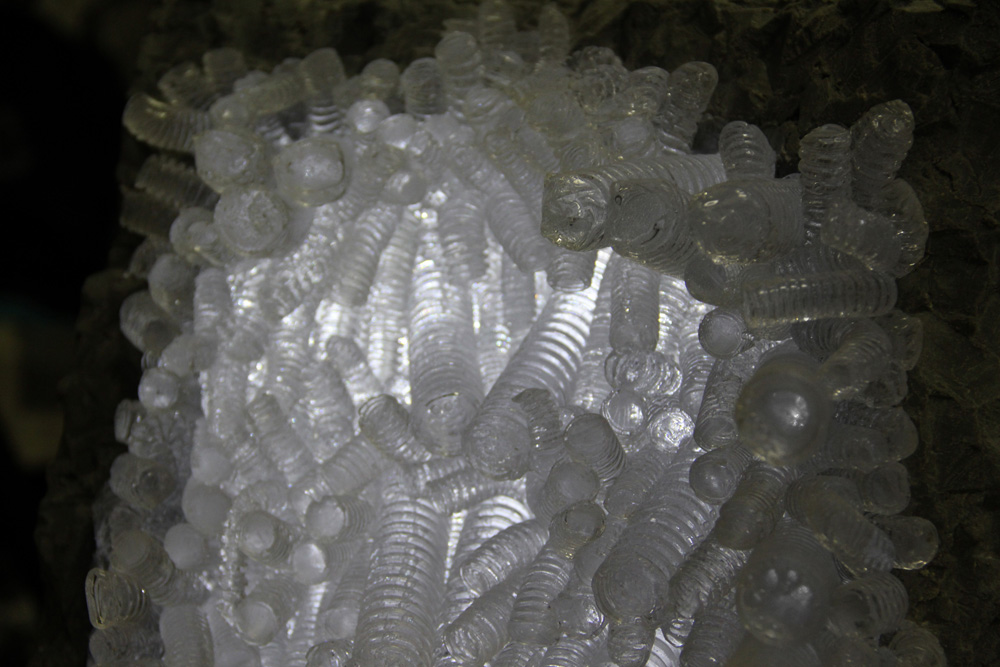
GLASSTRESS
WHITE LIGHT / WHITE HEAT
a cura di Adriano Berengo e James Putnam
Evento collaterale
alla 55. Esposizione Internazionale d’Arte – la Biennale di Venezia
1 giugno – 24 novembre 2013
Palazzo Cavalli – Franchetti / Istituto Veneto di Scienze, Lettere ed Arti
Campo S. Stefano, 2847 Venezia
Berengo Centre for Contemporary Art and Glass
Campiello della Pescheria Murano
Scuola Grande Confraternita di San Teodoro
San Marco, 4810 Venezia
press day giovedì 30 maggio dalle 10 alle 18
Palazzo Cavalli – Franchetti e Berengo Centre
Glasstress. White Light / White Heat
66 gli artisti:
Glasstress 2013 è promossa da LCF-London College of Fashion con il supporto di Venice Projects, Berengo Studio 1989, Wallace Collection, Steinmetz Diamonds, Valmont.
Position the cursor on the images to view captions, click on images to enlarge them.
Posizionare il cursore sulle immagini per leggere le didascalie; cliccare sulle immagini per ingrandirle.

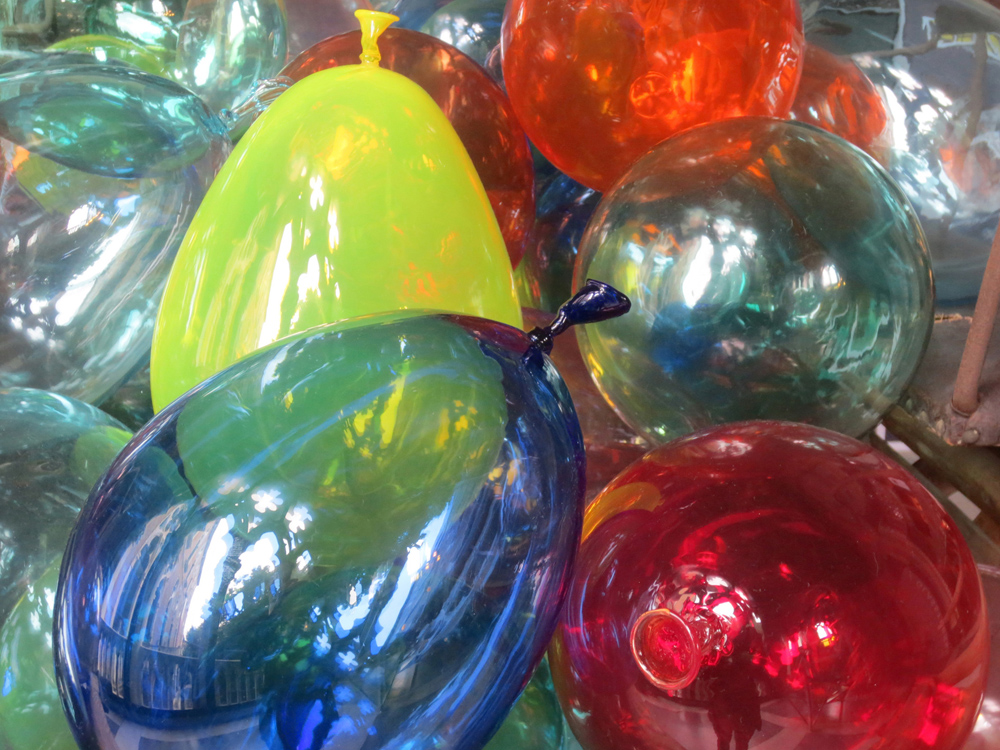
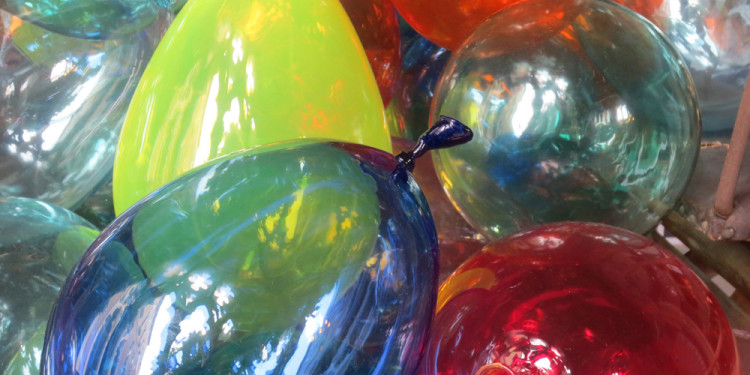
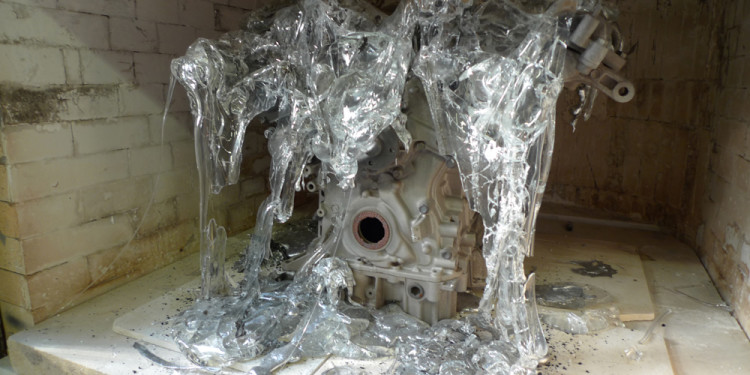
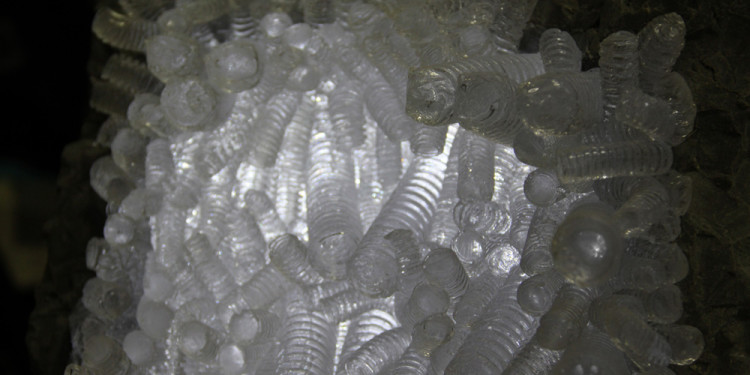
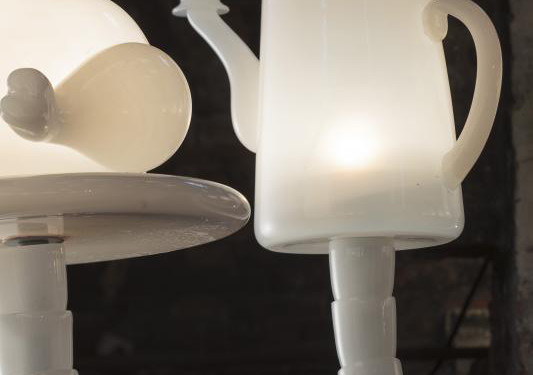
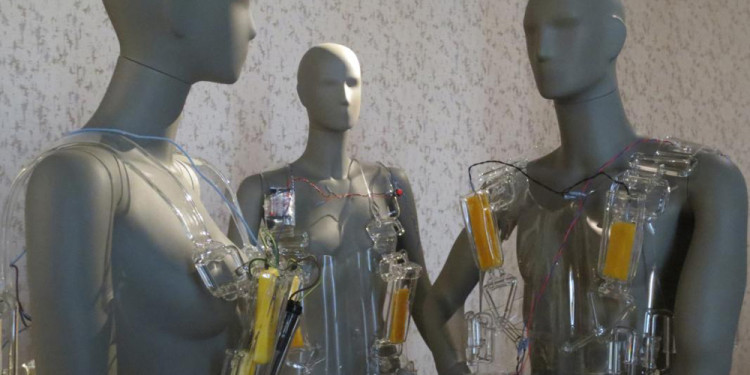
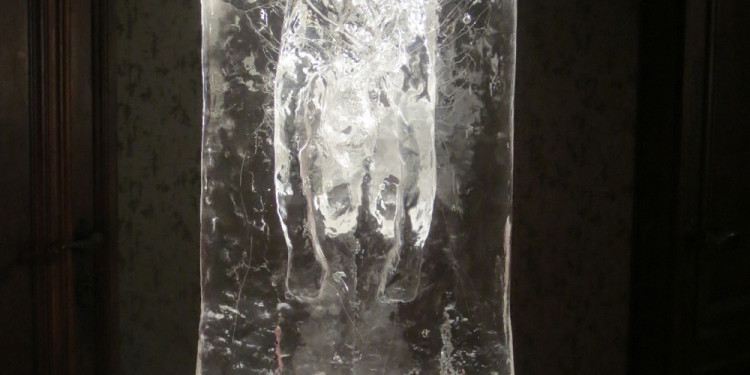
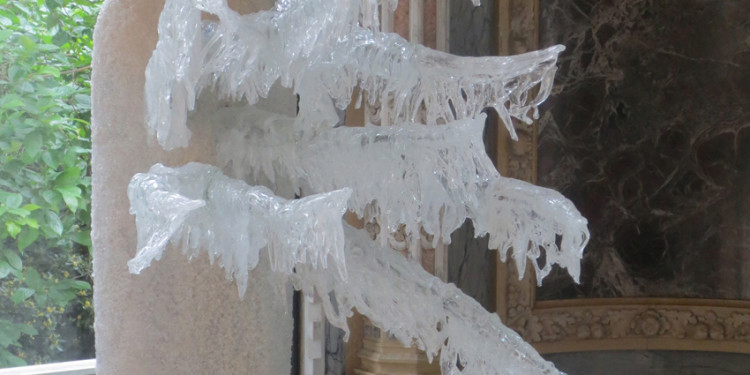
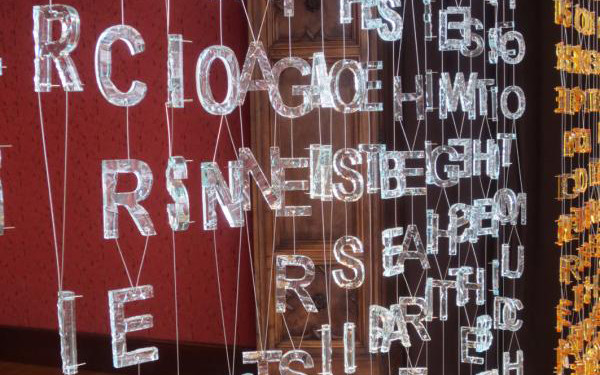
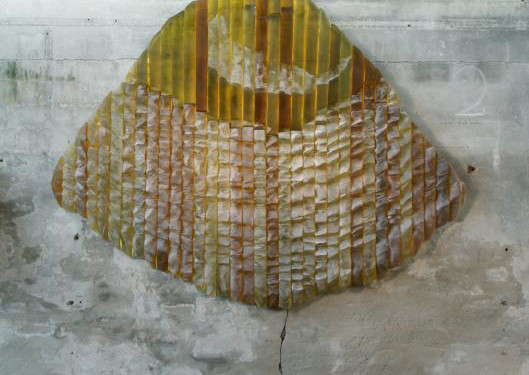
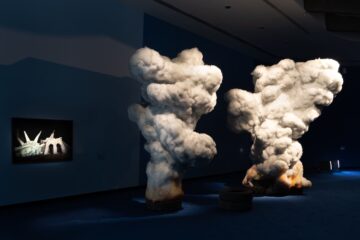
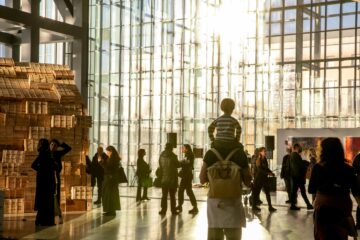
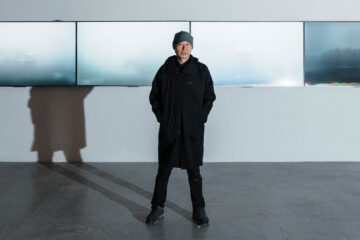
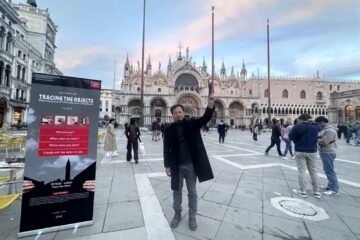
No Comment